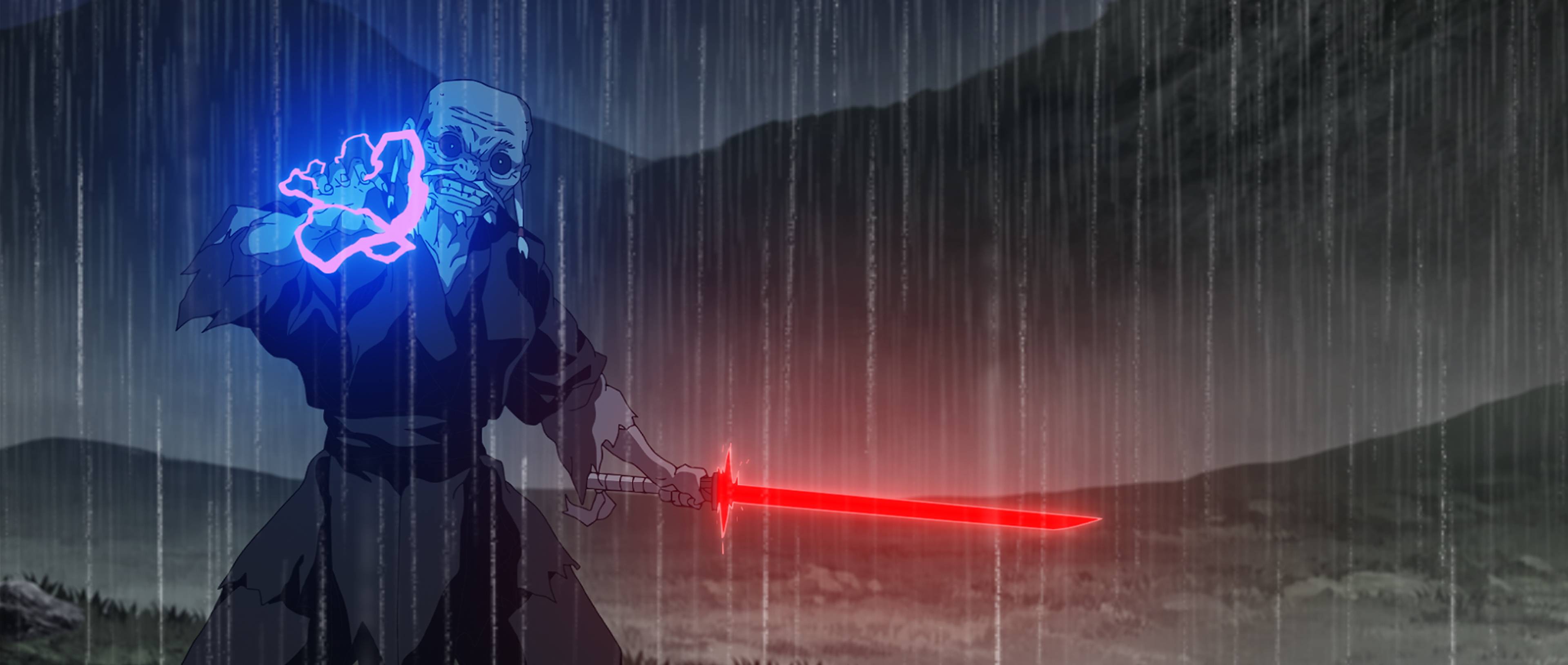The COVID-19 pandemic, now entering its third year, has done to the Japanese animation industry the same thing it has done to many others — pushed trends that were already unfolding into warp speed.
Case in point: digitization. For years, animators in Japan have stubbornly held on to paper and pencil to draw keyframes. While tasks like coloring and special effects have long since moved to the digital realm, this decidedly analog first step means lots of paper being stuffed into envelopes, collated and scanned in by harried production assistants.
However, the era of remote work has pushed more animators to go digital, either scanning in their pencil-and-paper frames at home or starting from digital scratch, with advances like the Apple Pencil making it easier to say goodbye to the physical.
















With your current subscription plan you can comment on stories. However, before writing your first comment, please create a display name in the Profile section of your subscriber account page.